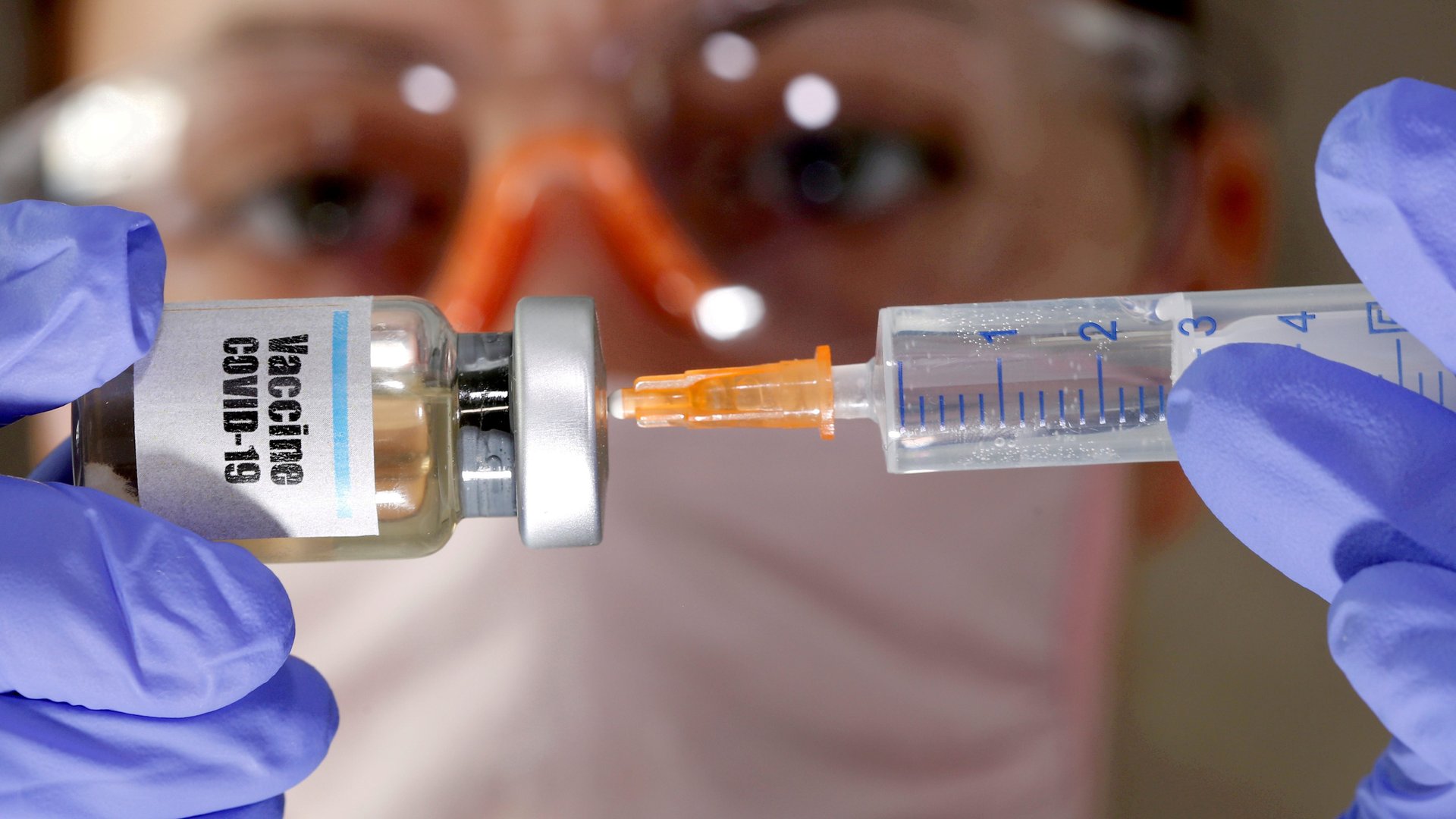What’s going to happen to all those other Covid-19 vaccine candidates?
Within days of Pfizer’s announcement that its Covid-19 vaccine was effective, Moderna released the results of its vaccine candidate trials, which it claims has a comparable success rate and, unlike Pfizer’s, doesn’t need extremely cold storage.


Within days of Pfizer’s announcement that its Covid-19 vaccine was effective, Moderna released the results of its vaccine candidate trials, which it claims has a comparable success rate and, unlike Pfizer’s, doesn’t need extremely cold storage.
This is hopeful news, and if all goes according to plan, distribution of the vaccine, at least in some countries, might start in early 2021. But these are just two of a number of vaccine candidates developed since the beginning of the pandemic. The US government, for instance, has invested in seven candidates, and those from AstraZeneca and Janssen Pharmaceuticals, like Pfizer’s and Moderna’s, are in the last phases of clinical trials.
It is likely that the vaccines from Pfizer—which data say is 95% effective—and Moderna will be approved for emergency use by the US Food and Drug Administration and other countries’ government health bodies, and distribution might begin as soon as December. But there are dozens of other vaccine candidates still in various stages of trial around the world. What happens to them?
CEPI, a coalition of governments and private donors that fund the development and distribution of vaccines, has supported nine vaccine candidates, of which seven are in medical trials. Among them is Moderna’s candidate, but also the ones developed by AstraZeneca and Novavax (which are in advanced phases) and Inovio, CureVac, and Merck.
Those companies will likely stick to the plan, at least for a while longer. While the hope around the Pfizer and Moderna announcements is justified, there are many reasons to continue research for other options.
The first is capacity. Even with the added support in scaling up production made possible by governments and international organizations funding, Pfizer and Moderna don’t alone have the ability to supply the minimum of 4 billion doses needed to start getting the pandemic under control.
Capacity is an issue that includes the sheer number of doses needed, but also the different technologies vaccines require for production and delivery. For instance, the AstraZeneca vaccine, which is close to the end of its trial, needs specialized manufacturing technology, says Christopher Snyder, a professor of economics at Dartmouth College and a member of Accelerating Health Technologies, a group focused on the financial and economic cases for vaccine development.
But while other vaccines, such as those from Moderna or Pfizer, don’t need that, they may have other limitations. Pfizer’s candidate, for example, requires extremely cold storage, which makes it unfit for transport and distributions in countries where such technologies can’t be supported, including for lack of electricity.
If more vaccines were approved for emergency use, the issue of capacity would be easier to solve, as more producers could make doses available in parallel.
Paul Offit, a professor of pediatrics at the Children’s Hospital of Philadelphia and the co-inventor of a rotavirus vaccine, says it’s important to continue research because there is a lot we don’t know about the first two candidates.
Once the Pfizer and Moderna vaccines are deployed, says Offit, we’ll have a lot more information on their effectiveness, which could be lower when used on a large scale. The first vaccines might emerge as more effective on certain population groups, and less so on others, or provide less immunity than others over time. Having several options is important at this stage so that effectiveness can be maximized.
“There’s still a lot to learn,” says Offit. Vaccines are hardly a one-and-done deal, and research on them continues even when they have already been distributed, he says. The vaccines for rubella and shingles, for instance, have been replaced with more effective ones years after their first deployment. It isn’t rare, either, to have more than one vaccine available for the same disease.
There are also different considerations to be made from country to country. Where the existing technology doesn’t support the distribution of the most effective vaccine, for instance, it might make sense to choose a vaccine with lower rates of effectiveness that can be deployed immediately, says Snyder. Doing so might allow immunizations to begin immediately, rather than wait for the time it might take to build the required infrastructures.
But what about the pharmaceutical companies? Is there enough of a business case to justify continued investment in a vaccine when other candidates have already completed a successful trial? By and large, for the vaccines under trial, yes.
In many cases, the costs have been supported significantly by governments and other organizations, making the actual pharmaceutical company’s investment rather low. Even considering the cost to companies, there is still money to be made even for the fourth, fifth, or sixth vaccine in line of approval.
A relatively cheap vaccine that doesn’t require cold-chain transport and has a good level of efficacy can still get a big piece of the market especially in the pandemic, says Snyder, even if it isn’t the first, or the most effective. Although pharmaceutical companies will be under a lot of pressure to keep the prices of Covid-19 vaccines low, the market is enormous—literally, the whole world needs a vaccine.
“Even if it’s not the new Viagra, it still can make a considerable amount of money, even if you’re only getting a couple of dollars per dose,” says Snyder.
It’s not all about the money, either. There is a lot of goodwill to catch for the pharmaceutical companies that, for once, get to be on the side of the good guys. “If you’re known to come up with a vaccine that’s ended the Covid[-19] pandemic, there’s the prestige value to it,” says Snyder.